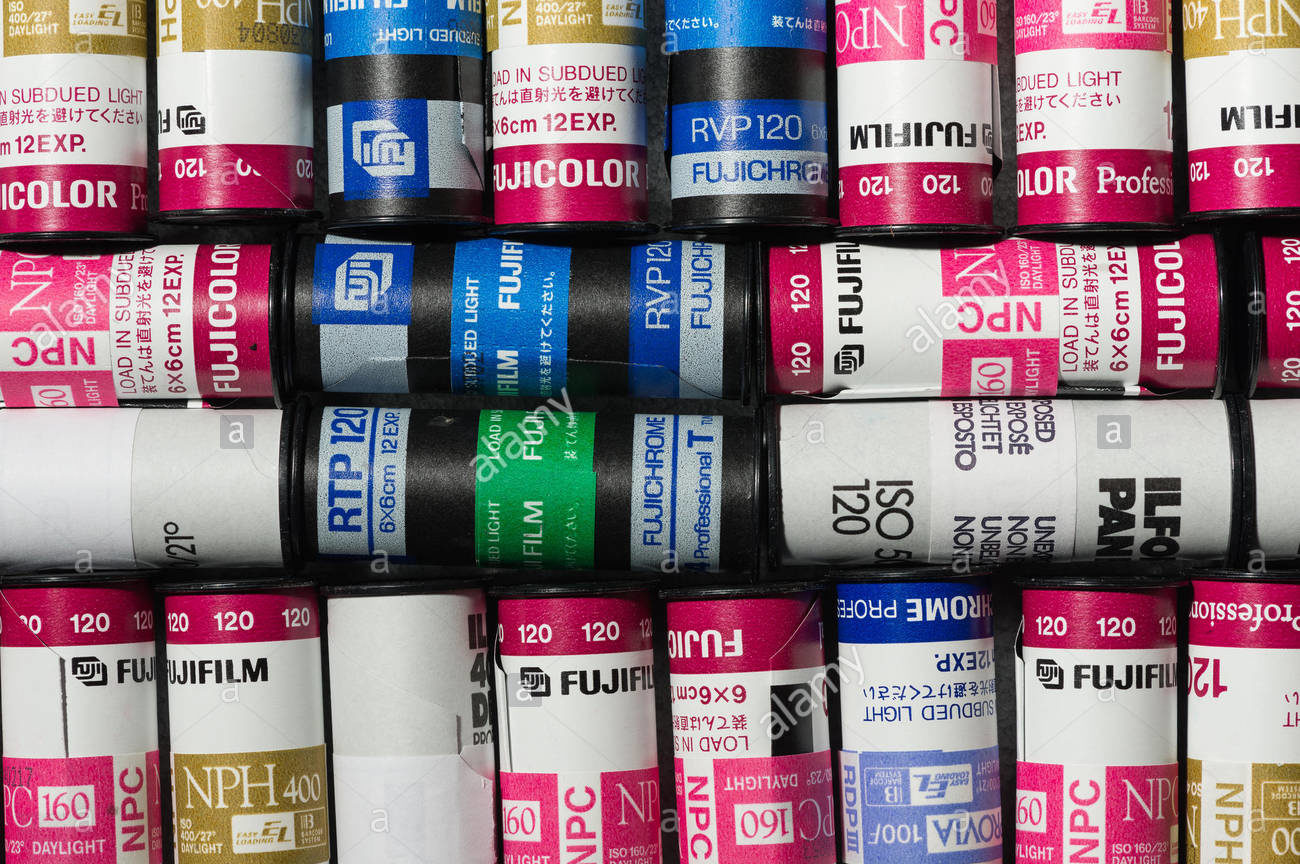This morning I read an article, which made me go back in my memory to days of twenty rolls of film in my camera bag and remember how it was like.
In my opinion, the author has missed his boat with a story of digital being inferior to film by about five years and made an attempt to create a problem where there is none. At this point, digital capture is unquestionably superior to film, and not only in terms of image quality, which the author is not disputing. What is just as important here is consistency and predictability of the digital capture. The number of different film types, brands and versions available to consumers was truly overwhelming, and getting consistent results from two rolls of the same film was not something that would just happen automatically. What camera manufacturers eventually almost figured out is how to create an image capture platform where the only variable was the optics. Yes, back in a day we had to choose a certain film stock for a certain look that we were after. Now, by tweaking capture parameters slightly and by doing a very little amount of work in ACR, or Lightroom, it is very much possible to reproduce the look of almost any film known to the humanity. In other words, the same (or better) results can be achieved, only the workflow is different. Not only it is different, it is also much more intuitive and less prone to the influence of external factors such as airport x-ray machines and hot climates adversely influencing professional film stocks.
Even before camera sensors reached 24-megapixel-size and low light capabilities way beyond of what even B&W film was capable of, superiority of film image quality was largely theoretical. To capitalize on film capabilities fully, certain rather important requirements should be met:
- The image had to be correctly exposed. It meant not only following recommendations of a light meter, but also introduction of an exposure bias that wold allow maximum retention of detail in shadows and highlights. It was especially hard with slide film due to its notoriously narrow exposure latitude.
- The camera had to be stabilized. Most high-speed films, were too grainy at ISO above 800, even in medium format. To keep the grain at bay, we had to shoot slide film, and the best thing available was Fuji Provia 400F. It could be pushed one stop without increasing the contrast too much. At ISO800 any handheld photography at apertures darker than f/1.4 indoors would result in motion blur with lenses longer than 35mm.
- Color temperature had to be accounted for. Now we are so used to the fact that a RAW file can be taken anywhere from 2,000K to 10,000K that standing in front of an open refrigerator and trying to figure out how many rolls of day balanced film versus tungsten balanced film you should get for today’s assignment seems like a scene from a bad movie.
- Consistent color reproduction was possible only with professional film stocks, provided the film was refrigerated before and especially after the exposure. Preferably, the film had to be developed the same day, which was not always an option.
- Any film, even consumer grade, had an expiration date. To preserve its intended properties, the film had to be refrigerated, or, for the long-term storage, frozen. Unless you had a dedicated film storage facility, it could cause serious domestic issues while fighting for the room in the fridge.
- After the film was correctly developed, which was not always the case even at the best professional labs, it had to be properly digitized (I am not even talking about dark times of printing in color with an enlarger). The industry standard was a drum scanner, a beast out of financial reach for most photographers. The second best was Imacon. It was much cheaper, only $12,500. It took Imacon about twenty minutes to scan a 6×6 transparency. Imagine how many exciting minutes you would have to spend scanning ten rolls of 120 film, twelve frames each.
There is a real reason Agfa and Kodak film operations went belly up. As great as their film was, it was no match to digital in terms of user friendliness and consistency of results.
The text, nevertheless, is interesting and touches upon a valid point of differences in the perception of reality. Yes, we all have different views on what reality looks like. Modern cameras give us not a final product, but rather a sketch that we can later color to our own view of what reality should look like.
Irakly Shanidze © 2017
